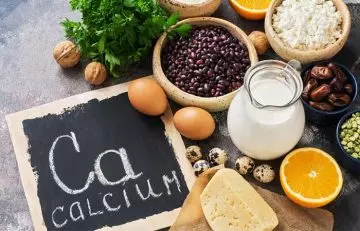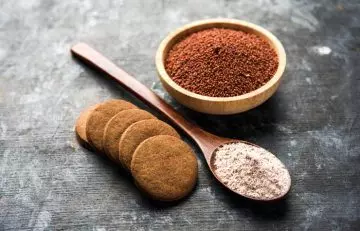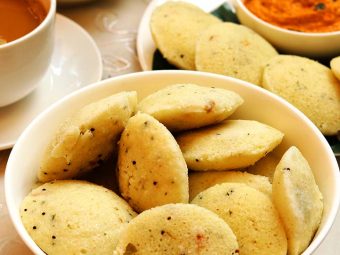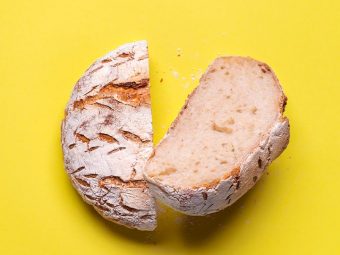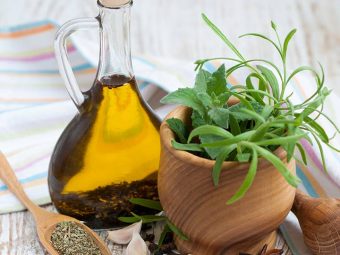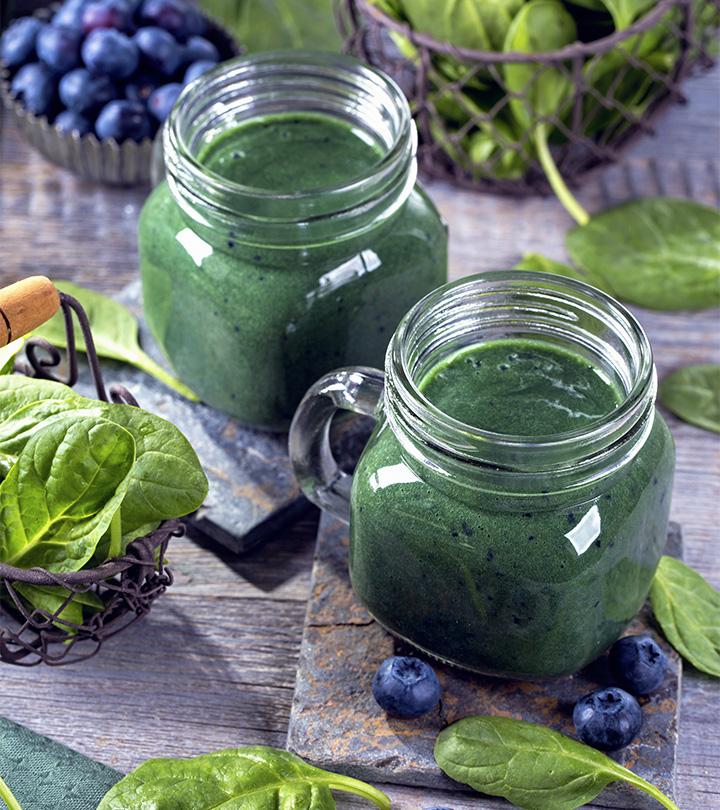6 Best Health Benefits Of Ragi And Ways To Eat It

Image: Shutterstock
You all must’ve heard of the latest fad of eating whole grains and including them in every meal. Well, unlike other fads that do the rounds, this one seems to have a certain grain of truth (pun intended) to it. Science says that including whole grains in your diet lowers the risk of type 2 diabetes, heart diseases, and weight loss (1). Among all the whole grains that are available in the market, we have a gem right here in our very own Indian backyard. We are talking about ragi. To a large extent, the production of ragi (also known as Finger Millet or Nachni) is confined to Africa and parts of India. Ragi is a wonder grain which provides a host of benefits when consumed frequently. Here, we have put together a list of these health benefits, detailing how to include ragi in your diet, so that you can also reap its fruits! Let’s read.
1. It Has All The Calcium That You Need!
You must have often heard that for strong bones you need to include calcium in your diet. Well, if like you detest the idea of milk just like me then here is the perfect calcium substitute for you — Ragi. On an average, humans need about 200–300 mg of calcium, depending upon their age and their stage in life (these needs fluctuate with the onset of pregnancy) (2). About a 100 gram of ragi contains 344 mg of calcium (3). So all your calcium needs can be met by including this grain in your diet.
2. It Helps You Lose Weight
You should also include ragi in your diet if you are looking to drop a few kilos. Whole grains like ragi, bajra etc. not only lower the number of calories you absorb but they also increase the pace of metabolism (4). Plus, they are also rich in fiber, which makes you feel full quite easily.
3. It Keeps A Tab On Your Blood Sugar Levels
Ragi is rich in fiber content and it contains a substance called polyphenols. Polyphenols are a class of compounds that are found in plant food, these substances have a range of properties that prevent the incidence of diseases. They are also beneficial for people suffering from diabetes. Also, ragi has a low glycemic response which allows it to maintain a healthy blood sugar level (5).
4. It Relaxes You
Yes, it is true. Ragi can also help you in beating the stress of everyday life. Ragi is a rich source of amino acids like tryptophan and antioxidants which help in relaxing the body when it is stressed (6). Ragi is even known to induce sleep. It is a natural relaxant (7).
5. It’s Helpful In Treating Anemia
Anemia is a common disorder that occurs when there is a deficiency of hemoglobin in the body. It is a very common disorder, especially in women who experience heavy blood loss during menstruation. It is often caused by a deficiency of iron in the body (8). However, ragi can help with that as well. It is a natural source of iron and in its sprouted form, it has increased levels of vitamin C which allows for better absorption of iron in the body.
6. It’s Rich In Minerals And Amino Acids
Last but certainly not the least, ragi is a wonderful source of amino acids and minerals, which is all the more a reason for you to include it in your daily diet. In fact, Ragi contains amino acid methionine which is enough to meet the protein requirement even on a farmer’s income (9). Ragi is one superfood you must include in your diet.
This Is How You Can Include Ragi In Your Diet
Now that we have given you plenty of reasons to make ragi a staple in your daily meals, let us tell you about the variety of ways in which you can do so. The easiest way to do so is to swap your regular wheat rotis with ragi chapatis. This is the easiest, no-fuss way to include ragi in your meal. You could also go for more creative ways such as eating ragi cookies, or ragi Idli or ragi Dosa as well. Ragi porridge is a great way of including this powerhouse of protein and minerals in your breakfast and since it does not have gluten, it can be eaten by people who are allergic to gluten too. Ragi mudde, which essentially translates to ragi balls is a local dish enjoyed by people in the state of Karnataka and Andhra Pradesh. It is basically ragi flour that’s cooked and rolled into balls and is usually eaten with a curry.
These are some of the ways by which you can include ragi in your diet. This wholesome grain brings along with it a host of health benefits which not only keeps the diseases at bay but also helps in making your body stronger. Do you know of any other recipes that can make use of ragi? Share them in the comments below.

